This film tells us a story about how a common panda becomes a real dragon warrior.
这个电影为我们讲述了一个平凡的熊猫怎么成为一个真正的龙武士的。
At the beginning,the Master Shifu did not believe that the panda can be a courageous dragon warrior.
起初,师傅不相信熊猫能成为勇敢的龙武士。
Through the panda's persistence,he win Master Shifu's acceptance.
通过熊猫坚持不懈的努力,他赢得了师傅的认可。
Master Shifu tries his best to train the panda into a real warrior according to Master Wugu's instruction.
师傅谨遵乌龟的教诲,努力将熊猫培养成真正的武士。
Finally,the panda succeeded in beating their biggest enemy -----the tiger.
最终,熊猫成功的打败了他们的最大的敌人----虎。
This movie tells us that:every difficulty can be overcome as long as you tried your utmost persistently.
这部电影告诉我们这样一个道理:只要我们坚持不懈的努力,任何困难都能克服。
At once fuzzy-wuzzy and industrial strength, the tacky-sounding “Kung Fu Panda” is high concept with a heart. Even better, this animated feature from DreamWorks is so consistently diverting and visually arresting that it succeeds in transcending its storybook clichés. The tale has the consistency of baby pablum — it’s nutritious and easy on the gums — but there’s enough beauty and pictorial wit here from opening to end credits, enough feeling for the art and for the freedom of animation, that you may not care.
The panda of the title is Po, a generously proportioned mound of roly-poly black-and-white fun voiced with gratifying restraint by Jack Black. You know the next turn in the road as well as any Disney-and-Pixar-weaned 7-year-old: Po is different, Po has a dream, Po has to struggle and so forth. Po also has a loving father, naturally (and no mother, predictably), a loosey-necked goosey, Mr. Ping (James Hong), who runs a noodle shop that he hopes his son will take over one day. Po’s unlikely passion for kung fu intervenes, leading him out of the noodle shop and into the metaphoric hot pot, whereupon he kicks, grunts and groans toward his destiny amid the usual clutter of colorful sidekicks and one nasty foe (Ian McShane, grrr).
For an ostensible outsider, Po conforms very much to familiar animated-movie type. Like Nemo and the rest of his cartoon brethren, he needs to embark on the hero’s journey, which he does with help from a miscellany of pals voiced by the usual A- and B-listers. Among those nudging and guiding Po is Master Oogway (Randall Duk Kim), an ancient turtle with a mellifluous voice and long, liquid neck who, um, invented kung fu and now serves as the spiritual adviser (Yoda) to an elite squad, including a kung fu master, the mustachioed red panda Shifu (Dustin Hoffman), and his students, the Furious Five: Tigress (Angelina Jolie), Viper (Lucy Liu), Monkey (Jackie Chan), Crane (David Cross) and Mantis (Seth Rogen).
The screenplay by Jonathan Aibel and Glenn Berger is ho-hum without being insulting, a grab bag of gentle jokes, sage lectures, helpful lessons and kicky fights. There is none of the self-conscious knowing that characterizes the Pixar factory, which makes the whole thing seem either winningly innocent or terribly cynical, depending on your mood and worldview. I’ll go with innocent, at least on first viewing, because while “Kung Fu Panda” is certainly very safe, its underlying sweetness feels more genuine than not. The Ayn Randesque bottom line of Pixar’s “Incredibles” can be difficult to argue with — namely, if everybody is special, no one is — but the heroic outsider has his own durable appeal, particularly if he’s a great big bouncing ball of fat and fuzz.
That outsider is even more irresistible when nestled amid so much lovingly created animation, both computer generated and hand drawn. The main story, executed via 3-D animation (all done on computers) and directed by John Stevenson and Mark Osborne, fluidly integrates gorgeous, impressionistic flourishes with the kind of hyper-real details one has come to expect from computer-generated imagery: photorealistically textured stone steps, for instance, and fur so invitingly tactile you want to run your fingers through it. One of the pleasures of “Kung Fu Panda” is that instead of trying to mimic the entirety of the world as it exists, it uses the touch of the real. The character designs may be anatomically correct, but they’re cartoons from whisker to tail.
In the end, what charms the most about “Kung Fu Panda” is that it doesn’t feel as if it’s trying to be a live-action film. It’s an animation through and through, starting with the stunningly beautiful opening dream sequence, a graphically bold hand-drawn interlude rendered by James Baxter that looks like an animated woodblock print with slashes of black and swaths of oxblood red. This opener is so striking and so visually different from most mainstream American animations that it takes a while to settle into the more visually familiar look of the rest of the movie. And while nothing that comes afterward really compares to it, a volley of arrows that falls down like red rain and a delicate swirl of pink petals come delightfully close.
“Kung Fu Panda” is rated PG (Parental guidance suggested). But not required.
The Panda
At once fuzzy-wuzzy and industrial strength, the tacky-sounding “Kung Fu Panda” is high concept with a heart. Even better, this animated feature from DreamWorks is so consistently diverting and visually arresting that it succeeds in transcending its storybook clichés. The tale has the consistency of baby pablum — it’s nutritious and easy on the gums — but there’s enough beauty and pictorial wit here from opening to end credits, enough feeling for the art and for the freedom of animation, that you may not care.
The panda of the title is Po, a generously proportioned mound of roly-poly black-and-white fun voiced with gratifying restraint by Jack Black. You know the next turn in the road as well as any Disney-and-Pixar-weaned 7-year-old: Po is different, Po has a dream, Po has to struggle and so forth. Po also has a loving father, naturally (and no mother, predictably), a loosey-necked goosey, Mr. Ping (James Hong), who runs a noodle shop that he hopes his son will take over one day. Po’s unlikely passion for kung fu intervenes, leading him out of the noodle shop and into the metaphoric hot pot, whereupon he kicks, grunts and groans toward his destiny amid the usual clutter of colorful sidekicks and one nasty foe (Ian McShane, grrr).
For an ostensible outsider, Po conforms very much to familiar animated-movie type. Like Nemo and the rest of his cartoon brethren, he needs to embark on the hero’s journey, which he does with help from a miscellany of pals voiced by the usual A- and B-listers. Among those nudging and guiding Po is Master Oogway (Randall Duk Kim), an ancient turtle with a mellifluous voice and long, liquid neck who, um, invented kung fu and now serves as the spiritual adviser (Yoda) to an elite squad, including a kung fu master, the mustachioed red panda Shifu (Dustin Hoffman), and his students, the Furious Five: Tigress (Angelina Jolie), Viper (Lucy Liu), Monkey (Jackie Chan), Crane (David Cross) and Mantis (Seth Rogen).
The screenplay by Jonathan Aibel and Glenn Berger is ho-hum without being insulting, a grab bag of gentle jokes, sage lectures, helpful lessons and kicky fights. There is none of the self-conscious knowing that characterizes the Pixar factory, which makes the whole thing seem either winningly innocent or terribly cynical, depending on your mood and worldview. I’ll go with innocent, at least on first viewing, because while “Kung Fu Panda” is certainly very safe, its underlying sweetness feels more genuine than not. The Ayn Randesque bottom line of Pixar’s “Incredibles” can be difficult to argue with — namely, if everybody is special, no one is — but the heroic outsider has his own durable appeal, particularly if he’s a great big bouncing ball of fat and fuzz.
That outsider is even more irresistible when nestled amid so much lovingly created animation, both computer generated and hand drawn. The main story, executed via 3-D animation (all done on computers) and directed by John Stevenson and Mark Osborne, fluidly integrates gorgeous, impressionistic flourishes with the kind of hyper-real details one has come to expect from computer-generated imagery: photorealistically textured stone steps, for instance, and fur so invitingly tactile you want to run your fingers through it. One of the pleasures of “Kung Fu Panda” is that instead of trying to mimic the entirety of the world as it exists, it uses the touch of the real. The character designs may be anatomically correct, but they’re cartoons from whisker to tail.
In the end, what charms the most about “Kung Fu Panda” is that it doesn’t feel as if it’s trying to be a live-action film. It’s an animation through and through, starting with the stunningly beautiful opening dream sequence, a graphically bold hand-drawn interlude rendered by James Baxter that looks like an animated woodblock print with slashes of black and swaths of oxblood red. This opener is so striking and so visually different from most mainstream American animations that it takes a while to settle into the more visually familiar look of the rest of the movie. And while nothing that comes afterward really compares to it, a volley of arrows that falls down like red rain and a delicate swirl of pink petals come delightfully close.
用户登录
还没有账号?立即注册
用户注册
投稿取消
| 文章分类: |
|
还能输入300字

上传中....
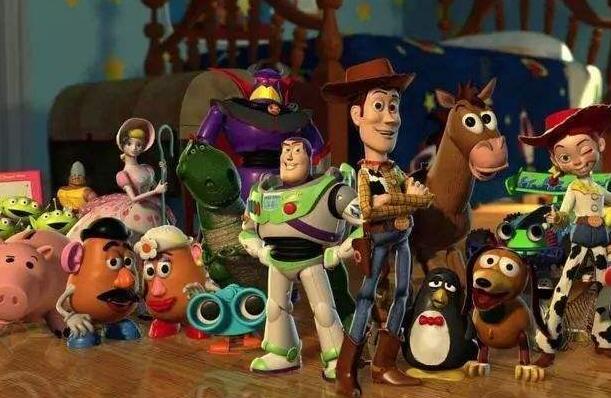
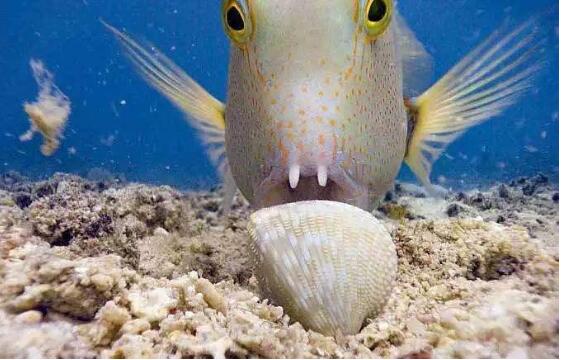
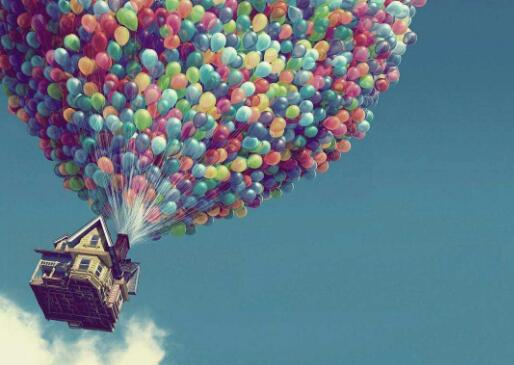
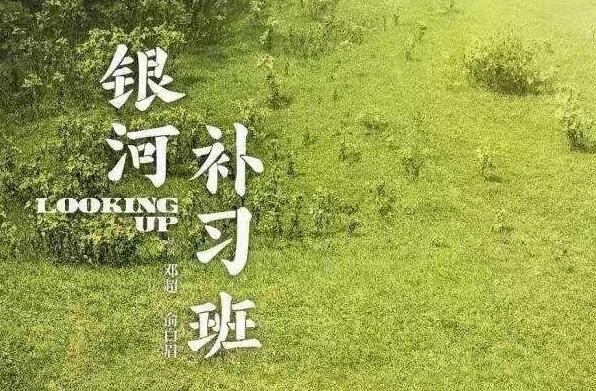
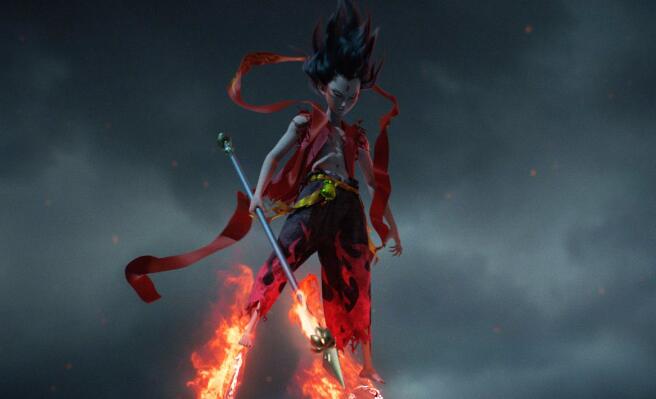
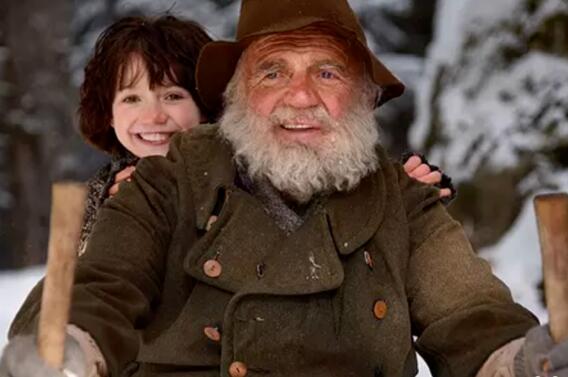

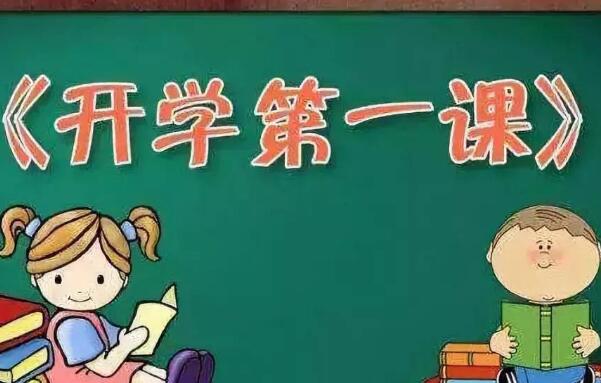
 听说污的人颜值都很高
听说污的人颜值都很高

